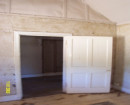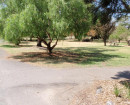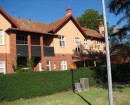FORMER ES&A BANK
219-225 SWANSTON STREET MELBOURNE, MELBOURNE CITY
-
Add to tour
You must log in to do that.
-
Share
-
Shortlist place
You must log in to do that.
- Download report
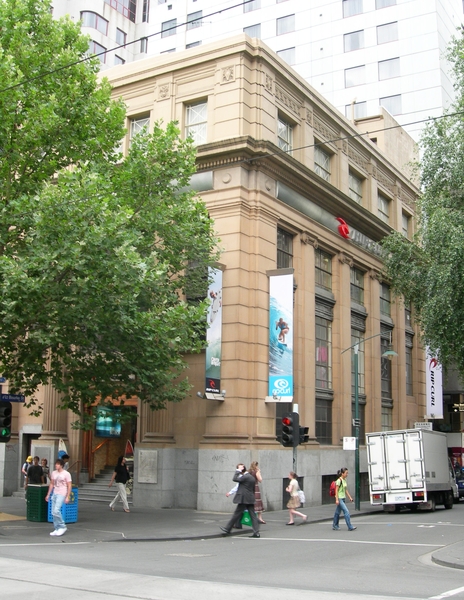

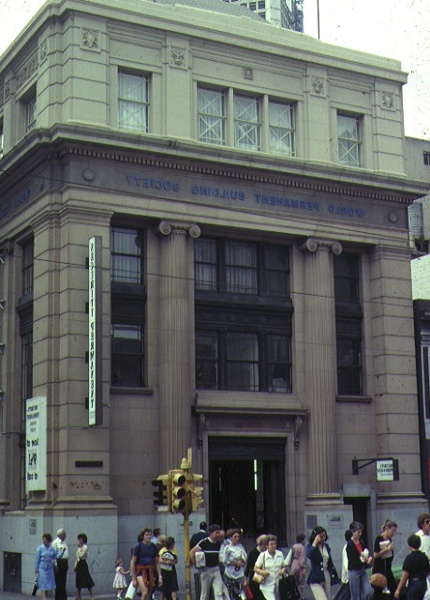
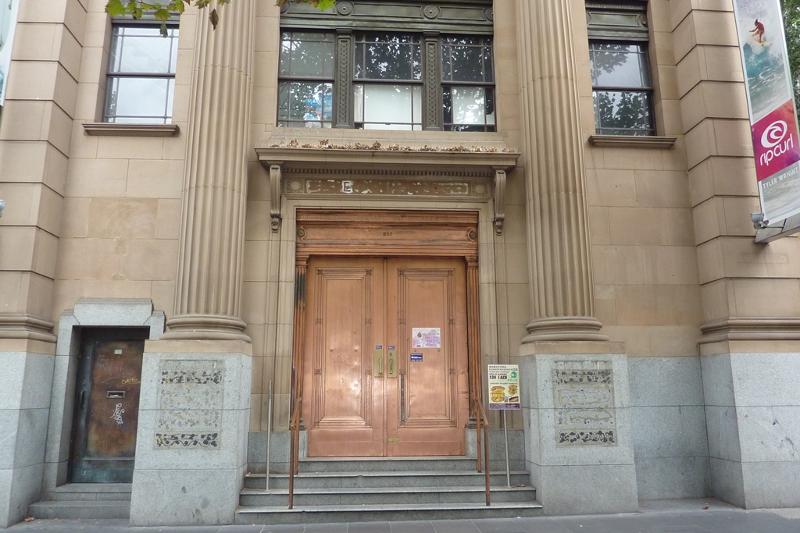


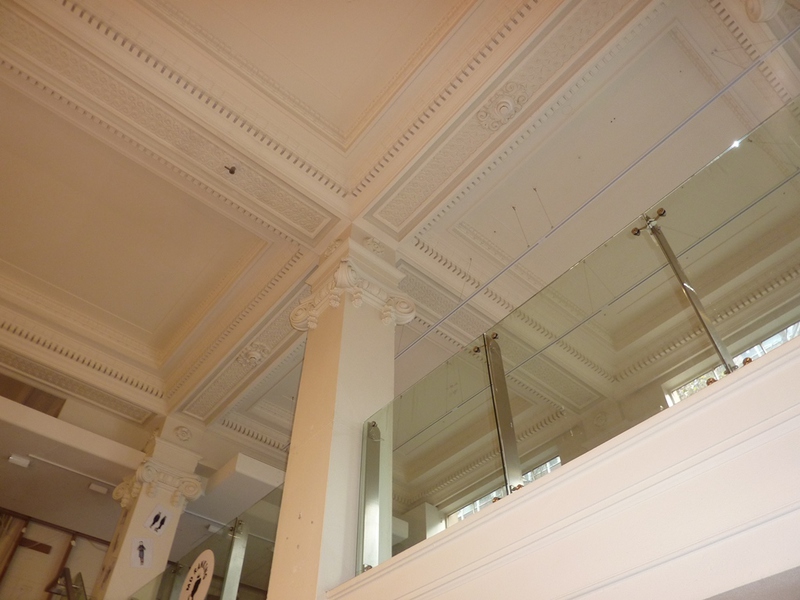

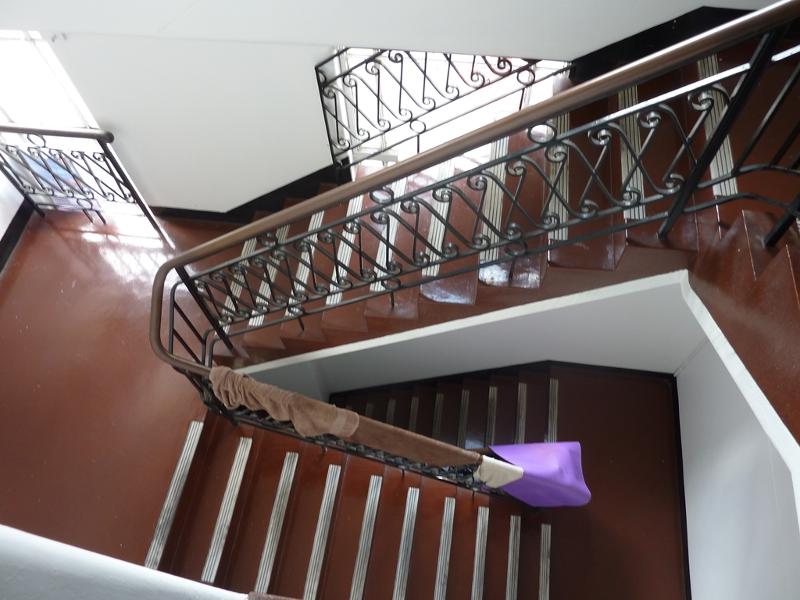
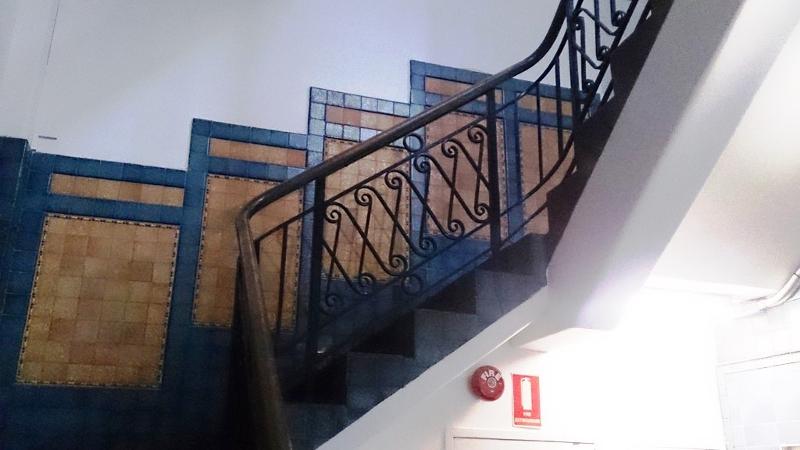

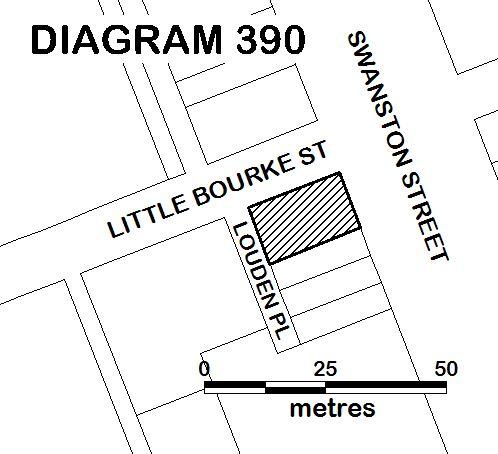
Statement of Significance
What is significant?
The Former ES&A Bank at 219-225 Swanston Street was built for the English, Scottish and Australian (ES&A) Bank in 1928 by Clement Langford to a design by Henry Hare. The three storey structure with mezzanine is faced with freestone and contains a large central space, originally the banking chamber. The dominant feature is the ionic pilasters on the Swanston Street and Little Bourke Street facades. The building may have been designed in two parts: a ground and first floor capped by a very strong cornice, and an additional floor added later on, featuring common revival stylistic features, such as the diagonal mullioned windows.
How is it significant?
The FormerES&A Bank at 219-225 Swanston Street is of architectural significance to the State of Victoria.
Why is it significant?
The FormerES&A Bank at 219-225 Swanston Street is of architectural significance as a notable example of the popular 1920s Greek neo-Classical revival. The Greek Revival style was favoured by the ES&A Bank and a number of its branches were built in this style in the 1920s. This appears to be the most intact and best example of the style in its relatively unabstracted form. The style emphasises solidity in its classical references, a characteristic no doubt valued by a bank.
-
-
FORMER ES&A BANK - History
History of the ES&A Bank
The English, Scottish and Australian Bank Limited was founded in 1852 by Royal Charter in London, and was known as the English, Scottish and Australian Chartered Bank. In 1893 the bank was renamed the English, Scottish and Australian Bank (ES&A). In 1921 the bank took over the Commercial Bank of Tasmania Limited and the London Bank of Australia Limited, and in 1927 the Royal Bank of Australia Limited. In 1970 the bank merged with the Australia and New Zealand Bank to form the Australia and New Zealand Banking Group Limited (ANZ Bank).
History of the Site and Building
The London Bank of Australia occupied the corner portion of this site in 1910, shown as 223-225 Swanston Street on the Mahlstedt Map of this date. In 1922 the London Bank of Australia merged with the ES&A Bank and in 1927 drawings were prepared by Henry Hare & Hare for the design of a new ES&A Bank on this, and the adjoining allotment to the south, at 219-225 Swanston Street. The new building was constructed by Clement Langford and was completed by July 1929 when it was illustrated in an advertisement in the RVIA Journal.
A sketch of the front elevation of the building by Henry Hare & Hare in 1927 indicates a proposed addition of five storeys to the building and correspondence seeking approval for the building that year stated that:
Provision should be made for our steadily growing requirements - a good up-to-date banking chamber well and naturally lighted with two storeys above built in concrete, the front elevation faced in granite and the foundation capable of carrying another three storeys if and when extension becomes necessary in the future.
These proposed floors were not added to the building after the initial construction.
In 1970 the ES&A Bank became the ANZ Bank and this branch was sold to the NSW Building Society c1976. It later housed a branch of the Hong Kong and Shanghai Banking Corporation (HSBC) and was converted for retail use in the early 2000s.
Interwar Bank Design
A number of banks were constructed in Victoria in the 1920s in a classically derived style, imparting an appropriate character of solidity and grandeur to these commercial buildings. A distinctive appearance was derived from a giant superimposed system of pilasters or half columns across the facade and Greek derived motifs were commonly employed, as evident at the Former ES&A Bank.
The Architects
Henry Hare and Hare were the architects of the Former ES&A Bank. Henry Hare was an engineer for Johns and Waygood before entering into partnership with C H Ballantyne in 1919, following the death of Ballantyne's partner, Percy Oakden, in 1917. This partnership appears to have continued until 1925 and the partnership of Henry Hare and Hare was then formed. Few buildings are recorded as being designed by this firm of architects, however their work includes the ES&A Bank, Swanston Street; Rycroft Hall, South Yarra (by 1929); a distillery, Corio (by 1929) and Dominion House, 57 Flinders Lane (by 1931). The latter is an example of a very simple stripped classical building with alternating pilaster strips (originally of red brick but now painted) and vertical rows of multi-paned windows.
KEY REFERENCES
Rohan Storey. 'Report for Victorian Heritage Register, Former English Scottish & Australian Bank, Swanston Street Branch', 2015
B Trethowan, 'A Study of Banks in Victoria. 1851-1939', 1976ANZ Bank Archives, correspondence, sketch of facade and photographs
Royal Victorian Institute of Architects Journal, July 1929Mahlstedt Map, 1910 & 1925 [SLV]
FORMER ES&A BANK - Plaque Citation
Built for the English, Scottish and Australian Bank in 1928 to designs by Henry Hare and Hare, this Greek Revival building displays the solidity typical of bank buildings of the period.
FORMER ES&A BANK - Permit Exemptions
General Exemptions:General exemptions apply to all places and objects included in the Victorian Heritage Register (VHR). General exemptions have been designed to allow everyday activities, maintenance and changes to your property, which don’t harm its cultural heritage significance, to proceed without the need to obtain approvals under the Heritage Act 2017.Places of worship: In some circumstances, you can alter a place of worship to accommodate religious practices without a permit, but you must notify the Executive Director of Heritage Victoria before you start the works or activities at least 20 business days before the works or activities are to commence.Subdivision/consolidation: Permit exemptions exist for some subdivisions and consolidations. If the subdivision or consolidation is in accordance with a planning permit granted under Part 4 of the Planning and Environment Act 1987 and the application for the planning permit was referred to the Executive Director of Heritage Victoria as a determining referral authority, a permit is not required.Specific exemptions may also apply to your registered place or object. If applicable, these are listed below. Specific exemptions are tailored to the conservation and management needs of an individual registered place or object and set out works and activities that are exempt from the requirements of a permit. Specific exemptions prevail if they conflict with general exemptions. Find out more about heritage permit exemptions here.Specific Exemptions:It should be noted that Permit Exemptions can be granted at the time of registration (under s.42(4) of the Heritage Act). Permit Exemptions can also be applied for and granted after registration (under s.66 of the Heritage Act)
General Condition 1
All exempted alterations are to be planned and carried out in a manner which prevents damage to the fabric of the registered place or object.
General Condition 2
Should it become apparent during further inspection or the carrying out of works that original or previously hidden or inaccessible details of the place or object are revealed which relate to the significance of the place or object, then the exemption covering such works shall cease and Heritage Victoria shall be notified as soon as possible.
General Condition 3
All works should be informed by Conservation Management Plans prepared for the place. The Executive Director is not bound by any Conservation Management Plan, and permits still must be obtained for works suggested in any Conservation Management Plan.
General Condition 4
Nothing in this determination prevents the Heritage Council from amending or rescinding all or any of the permit exemptions.
General Condition 5
Nothing in this determination exempts owners or their agents from the responsibility to seek relevant planning or building permits from the relevant responsible authority, where applicable.
SPECIFIC PERMIT EXEMPTIONS
Exterior:
Minor repair and maintenance of all non-original fabric. Minor repair and maintenance of all original fabric which uses or replaces like for like. Removal of non-original items such as air conditioners, pipe work, ducting, wiring, antennae, aerials etc, and making good in a manner not detrimental to the cultural heritage significance of the place. Installation and repairing of damp proofing by either injection method or grout pocket method in a manner not detrimental to the cultural heritage significance of the place. Installation or removal of external fixtures and fittings such as hot water services and taps in a manner not detrimental to the cultural heritage significance of the place.Interior:
Minor repair and maintenance of all non-original fabric. Minor repair and maintenance of all original fabric which uses or replaces like for like. Painting of previously painted walls and ceilings provided that preparation or painting does not remove evidence of any original paint, wallpaper or other decorative scheme. Installation, removal or replacement of non-original carpets and/or flexible floor coverings. Installation, removal or replacement of non-original curtain tracks, rods and blinds. Removal or replacement of hooks, nails and other devices for the hanging of mirrors, paintings and other wall mounted art. Removal of non-original door and window furniture including, hinges, locks, knobsets and sash lifts. Removal of non-original light fittings and fans. Refurbishment of existing bathrooms, toilets and kitchens including removal, installation or replacement of sanitary fixtures and associated piping, mirrors, wall and floor coverings. Removal of tiling or concrete slabs in wet areas provided there is no damage to or alteration of original structure or fabric. Installation, removal or replacement of ducted, hydronic or concealed radiant type heating provided that the installation does not damage existing skirtings, architraves and decorative plasterwork and that the central plant is concealed. Installation, removal or replacement of electrical wiring provided that all new wiring is fully concealed and any original associated hardware is retained in situ. Removal of all non-original partition walls, false ceilings and built-in cupboards provided there is no damage or alteration of original structure or fabric.FORMER ES&A BANK - Permit Exemption Policy
Preamble
The purpose of the Permit Policy is to assist when considering or making decisions regarding works to a registered place. It is recommended that any proposed works be discussed with an officer of Heritage Victoria prior to making a permit application. Discussing proposed works will assist in answering questions the owner may have and aid any decisions regarding works to the place.
The extent of registration of the Former ES&A Bank, Swanston Street in the Victorian Heritage Register affects the whole place shown on Diagram 390 including the land and the building. Under the Heritage Act 1995 a person must not remove or demolish, damage or despoil, develop or alter or excavate, relocate or disturb the position of any part of a registered place or object without approval. It is acknowledged, however, that alterations and other works may be required to keep places and objects in good repair and adapt them for use into the future.
If a person wishes to undertake works or activities in relation to a registered place or registered object, they must apply to the Executive Director, Heritage Victoria for a permit. The purpose of a permit is to enable appropriate change to a place and to effectively manage adverse impacts on the cultural heritage significance of a place as a consequence of change. If an owner is uncertain whether a heritage permit is required, it is recommended that Heritage Victoria be contacted.
Permits are required for anything which alters the place or object, unless a permit exemption is granted. Permit exemptions usually cover routine maintenance and upkeep issues faced by owners as well as minor works or works to the elements of the place or object that are not significant. They may include appropriate works that are specified in a conservation management plan. Permit exemptions can be granted at the time of registration (under s.42 of the Heritage Act) or after registration (under s.66 of the Heritage Act).
It should be noted that the addition of new buildings to the registered place, as well as alterations to the interior and exterior of existing buildings requires a permit, unless a specific permit exemption is granted.
Cultural heritage management plans
It is recommended that a Conservation Management Plan is developed to manage the place in a manner which respects its cultural heritage significance.
Cultural heritage significance
The cultural heritage significance of the Former ES&A Bank, Swanston Street lies in its notable design and high architectural integrity as an example of 1920s giant austere classicism as applied to a commercial building in Victoria.
-
-
-
-
-
FORMER CARLTON AND UNITED BREWERY
 Victorian Heritage Register H0024
Victorian Heritage Register H0024 -
ROSAVILLE
 Victorian Heritage Register H0408
Victorian Heritage Register H0408 -
MEDLEY HALL
 Victorian Heritage Register H0409
Victorian Heritage Register H0409
-
'YARROLA'
 Boroondara City
Boroondara City -
1 Bradford Avenue
 Boroondara City
Boroondara City
-
-






